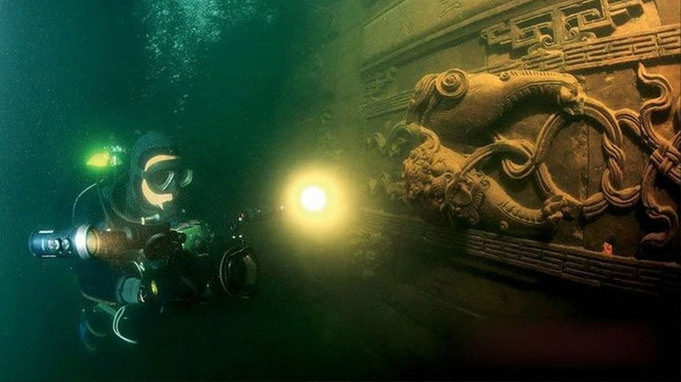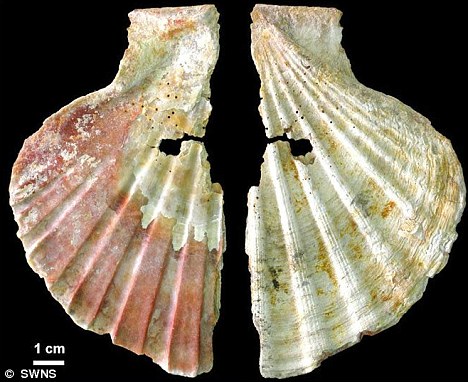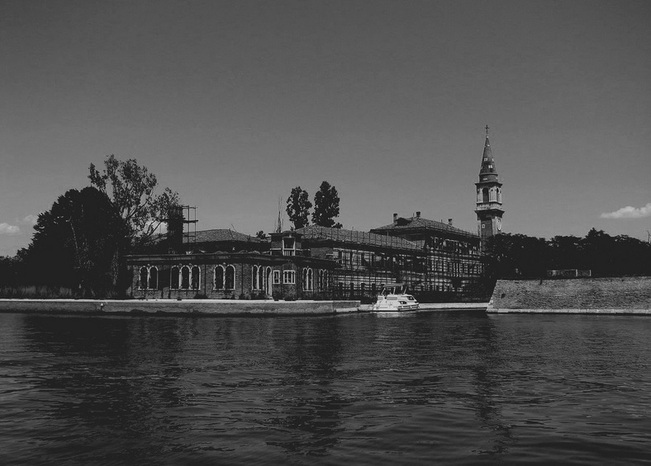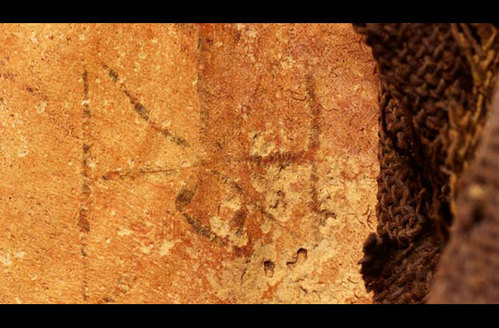This network of tunnels, known as the Odessa Catacombs, consists of three levels, which stretch out under the city and surrounding region of Odessa, Ukraine. The majority of the catacombs are the result of limestone mining and they reach a depth of 60 m below sea level, but the abandoned mines were also later used and widened by local smugglers.
Today they are considered a great attraction for extreme tourists, who explore the tunnels despite the dangers involved. Such tours are not officially sanctioned because the catacombs have not been fully mapped and the tunnels themselves are unsafe. There have been incidents of people becoming lost in the tunnel network, and dying of dehydration or rockfalls.
The most strange thing is that the approximate topography of this underground labyrinth is unknown. In fact, only one small portion of the catacombs is open to the public, within the "Museum of Partisan Glory" in Nerubayskoye, north of Odessa. Today there is an entire Ukrainian subculture of catacomb explorers with dozens of semiprofessional groups, often quite competitive, exploring the catacombs. They go on multi-day underground treks, known as expeditions, to document and map the system. Should someone get lost in the catacombs, (as happens every couple of years) these groups put aside their differences and mount large search expeditions. They have rescued a number of children who have wandered into the catacombs.
Partisan weapon caches such as rifles and grenades are occasionally still found within the tunnels, and about once every five years a body is found. On rare occasions these bodies are almost perfectly mummified, freeze dried by the cold, dry air of the tunnels. While most of the time the bodies found are from long ago, bones of soldiers and smugglers, more recent accidents have been known to happen. And that's when the scary part comes in.
On January 1st 2005, some Odessa teens decided to spend New Year's night partying in the catacombs. However, in the drunken revelry a member of the group, a girl named Masha, became separated and lost in the catacombs. She spent three days wandering in the freezing cold and pitch black before she died of dehydration. It took two years before the police were able to locate her body and retrieve it from the catacombs.










 RSS Feed
RSS Feed